Filter by
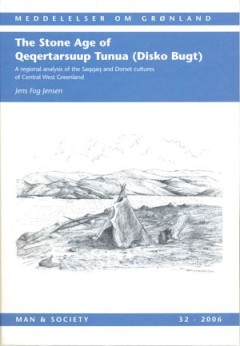
The Stone Age of Qeqertarsuup Tunua (Disko Bugt) (Vol. 336) a Regional Analy…
suup Tunua, however the archaeological evidence for such a development has yet to be found. When the cultural history of Qeqertarsuup Tunua is compared with that of Peary Land, the dwelling types and chronological units appear very similar. In the case of Dorset and Independence II, the similarities also extend to include the lithic inventory. As a consequence it is difficult to maintain a divi…
- Edition
- -
- ISBN/ISSN
- 9788763530682
- Collation
- -
- Series Title
- -
- Call Number
- -
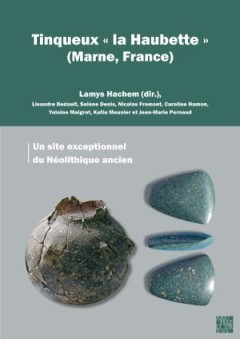
Tinqueux « la Haubette » (Marne, France) Un site exceptionnel du Néolithi…
Berdasarkan hasil observasi kegiatan pembelajaran matematika di kelas V SD Muhammadiyah 1 Jember diketahui bahwa pembelajaran masih didominasi oleh guru, sehingga siswa cenderung pasif. Selain itu, hasil belajar matematika yang diperoleh siswa masih belum optimal, ditunjukkan dari nilai ulangan harian matematika siswa masih banyak yang berada di bawah nilai KKM. Hal tersebut disebabka…
- Edition
- -
- ISBN/ISSN
- 9781789699777
- Collation
- -
- Series Title
- -
- Call Number
- -
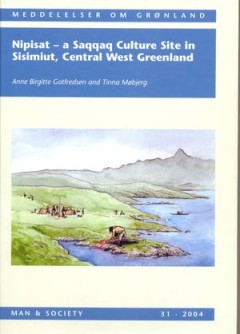
Nipisat - a Saqqaq culture site in Sisimiut, central West Greenland (Vol. 331)
d on immature individuals caught primarily during their first summer on the breeding grounds. The inhabitants at Nipisat also hunted caribou on the mainland. The age structure and sex distribution of the caribou remains primarily reflect stalking. Selected body parts, especially the fore and hind legs and the heads, were transported to the island for raw material, meat filleting and further pro…
- Edition
- -
- ISBN/ISSN
- 9788763526265
- Collation
- -
- Series Title
- -
- Call Number
- -
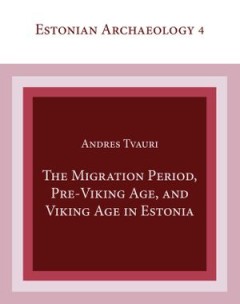
The Migration Period, Pre-Viking Age, and Viking Age in Estonia
This book analyses the society, economy, settlement, and culture of the territory of present-day Estonia in the period of ca AD 450–1050. This period is known in the Estonian archaeological chronology as the Migration Period, the Pre-Viking Age, and the Viking Age. This was an era of rapid change, by the end of which traditional Estonian peasant culture as it is known until the 19th century h…
- Edition
- -
- ISBN/ISSN
- 9789949199365
- Collation
- -
- Series Title
- -
- Call Number
- -
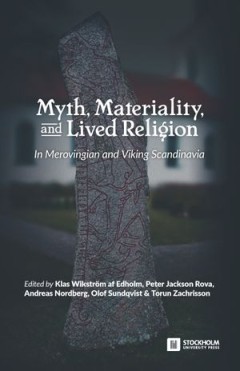
Myth, Materiality, and Lived Religion
"The authors of the present volume, Myth, Materiality, and Lived Religion, focus on the material dimension of Old Norse mythology and the role played by myths in everyday life. More broadly expressed, the collection looks at the social, ceremonial and material contexts of myths. This topic has been underexplored in previous research on Old Norse myths, despite its important theoretical implicat…
- Edition
- -
- ISBN/ISSN
- 9789176350966
- Collation
- -
- Series Title
- -
- Call Number
- -
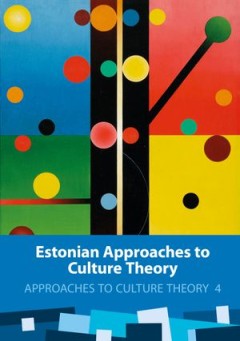
Estonian Approaches to Culture Theory
The fourth volume in the Approaches to Culture Theory series is a contemporary Estonian anthology in culture theory. Most of the authors are members of the research groups of the Centre of Excellence in Cultural Theory: archaeology, cultural communication studies, contemporary cultural studies, ethnology, folkloristics, religious studies, landscape studies, and semiotics. These scholars have re…
- Edition
- -
- ISBN/ISSN
- 9789949326136
- Collation
- -
- Series Title
- -
- Call Number
- -

Archaeological Research in Estonia 1865–2005
This volume is dedicated to the historiography and analysis of the present state of Estonian archaeology. Part I (articles by Valter Lang and Marge Konsa) provides a review of the general development of archaeological research in Estonia from the 19th century to the beginning of the 21st century, focusing on institutional changes and advances in theoretical thinking and approaches. Part II incl…
- Edition
- -
- ISBN/ISSN
- 9789949112333
- Collation
- -
- Series Title
- -
- Call Number
- -
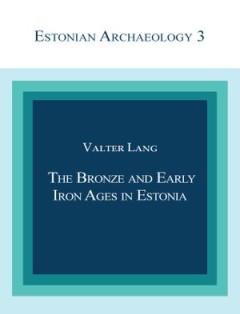
The Bronze and Early Iron Ages in Estonia
This book analyses social, economic, and cultural processes during the Bronze and Early Iron Ages (18th century BC – 5th century AD) in what is today Estonia. The above period between the Stone Age (ca. 9000–1800 BC) and the Middle Iron Age (AD 450–800) was an era of significant and crucial developmental processes. The final transition from a foraging to a farming economy occurred during …
- Edition
- -
- ISBN/ISSN
- 9789949117260
- Collation
- -
- Series Title
- -
- Call Number
- -

Body, Personhood and Privacy Perspectives On The Cultural Other and Human Ex…
This book studies how the concepts of body, personhood and privacy can be expanded across disciplinary borders. Notwithstanding the diversity of empirical material and theoretical frameworks, the chapters suggest innovative tools for common key issues: dialogue with the cultural Other, the appropriation of space, and personality. Human embodiment and ethical aspects of representing and regulati…
- Edition
- -
- ISBN/ISSN
- 9789949774593
- Collation
- -
- Series Title
- -
- Call Number
- -
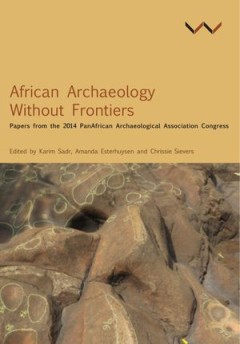
African Archaeology Without Frontiers Papers From The 2014 Panafrican Archae…
Confronting national, linguistic and disciplinary boundaries, contributors to African Archaeology Without Frontiers argue against artificial limits and divisions created through the study of ‘ages’ that in reality overlap and cannot and should not be understood in isolation. Papers are drawn from the proceedings of the landmark 14th PanAfrican Archaeological Association Congress, held in Jo…
- Edition
- -
- ISBN/ISSN
- 9781776140343
- Collation
- -
- Series Title
- -
- Call Number
- -
 Computer Science, Information & General Works
Computer Science, Information & General Works  Philosophy & Psychology
Philosophy & Psychology  Religion
Religion  Social Sciences
Social Sciences  Language
Language  Pure Science
Pure Science  Applied Sciences
Applied Sciences  Art & Recreation
Art & Recreation  Literature
Literature  History & Geography
History & Geography